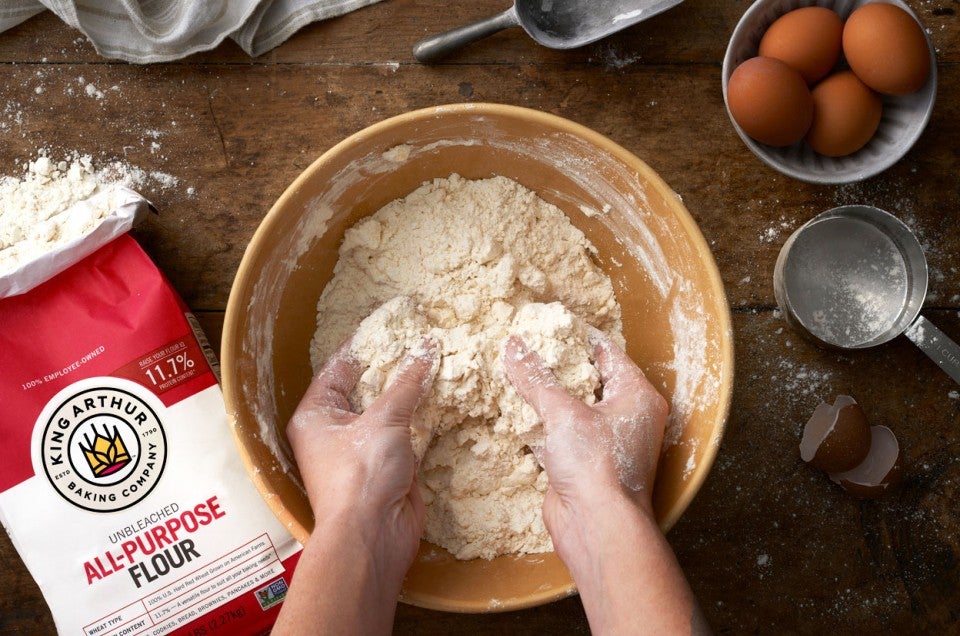


Gluten has been feared and revered, misunderstood and maligned. It’s the backbone to almost every kind of baking, and yet … many bakers are also baffled by it.
It’s hard to talk about gluten without wading into food science, so it can be a confusing topic. But if you’ve got a basic understanding of what gluten is and how it works, that knowledge will take you (and your baking) a long way.
A common misconception is that gluten is part of flour. Technically, this isn’t true. Gluten is formed from flour when water is added. That bag of all-purpose flour sitting on your counter contains two proteins necessary to form gluten: glutenin and gliadin. When water (or a liquid including water, like milk) is added to these two proteins, they link together, forming gluten.
So instead of thinking about how much gluten a certain flour contains, it’s more accurate to think about how much gluten-forming protein the flour contains.
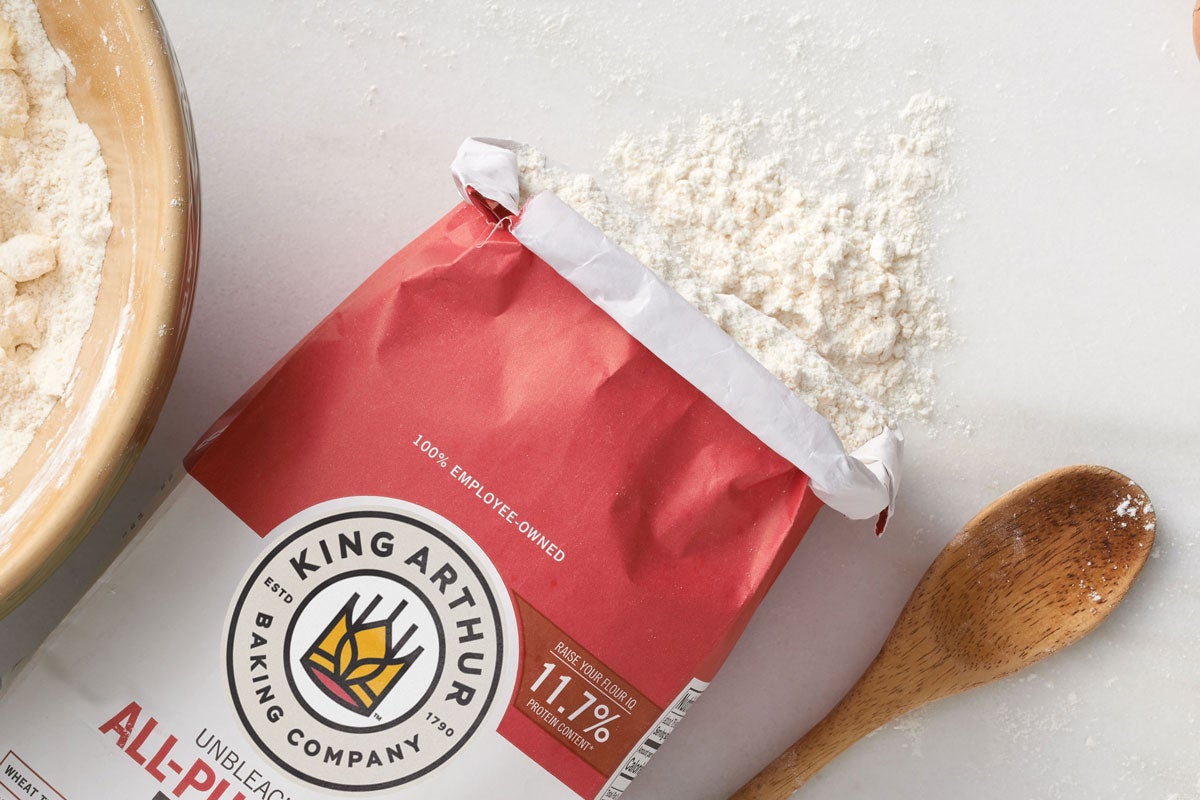
You’ll find protein content printed on bags of King Arthur flour, ranging from cake flour to all-purpose to bread flour. The higher that protein content, the more gluten-forming protein a specific type of flour contains. One way to think about it: the higher the protein, the “stronger” the flour.
Cake flour, with a protein percentage of 10%, has low gluten-development potential. When you mix batter made with cake flour rather than all-purpose, less protein is present; as a result, the batter will develop less gluten.
Bread flour, on the other hand, has a protein percentage of 12.7%. Because there’s more protein present, the dough is capable of developing more gluten. This means that dough made with bread flour will be stronger than ones made with cake or even all-purpose flour, if they’re all given the same amount of kneading or agitation.
All-purpose flour, meanwhile, has a protein percentage comfortably in the middle of this range at 11.7%, so that it's well-suited to most baking projects ranging from cakes to breads.
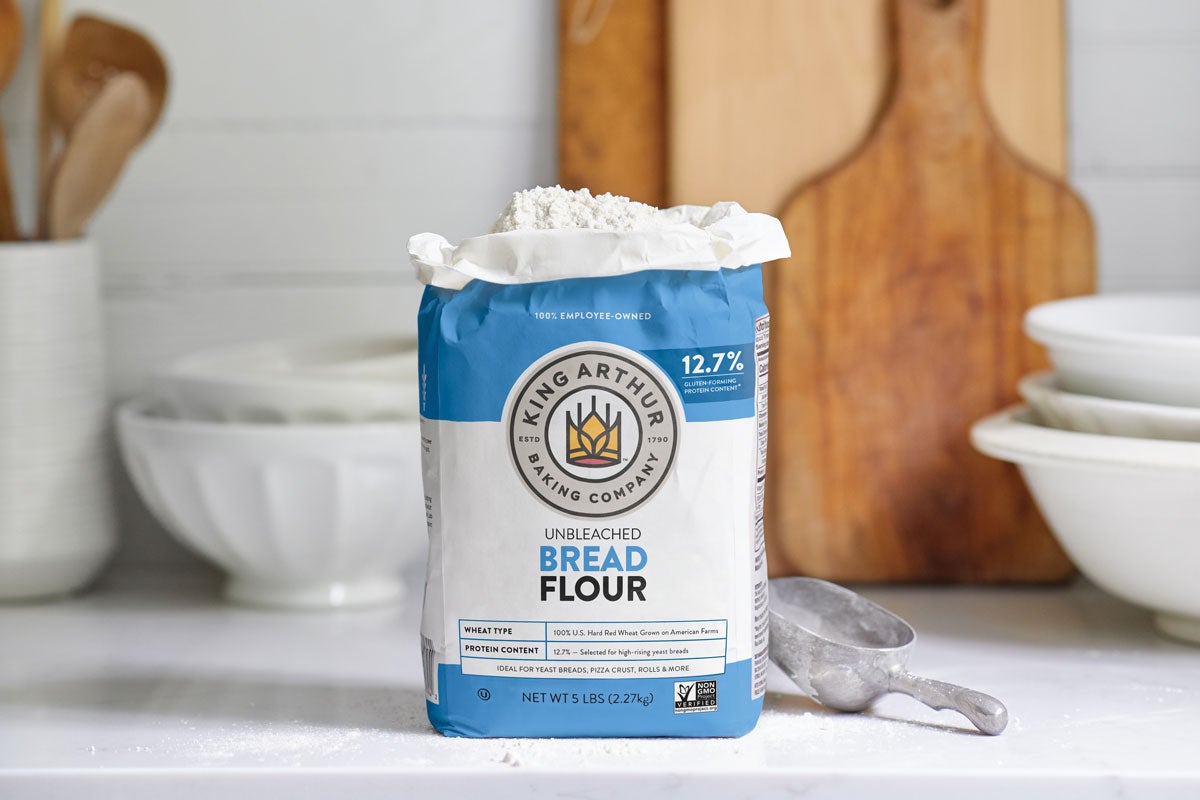
An important note on whole-grain flours: The total protein content of whole wheat flour is 13.8%, but because whole wheat flour contains all parts of the wheat berry, including the bran and the germ, the gluten structure is affected. That's because bran has sharp edges when ground, which cut some of the gluten strands and interferes with their structure. (You can read more in our post on choosing the right flour about how this leads to shorter, denser bread.)
In that case, how is gluten developed?
When liquid is added to glutenin and gliadin, they start forming bonds that link together, developing strands of gluten.
As you mix and knead batters and doughs, you encourage the gluten to develop further. That’s because this movement and agitation encourages the gluten strands to link up and form a network, which makes them even stronger.
Remember how there were two different types of protein found in flour? They each do something slightly different in dough as gluten develops. Glutenin gives the dough elasticity (so it can snap back like a rubber band), while gliadin contributes extensibility (which means the dough can be stretched).
Depending on the type of baking you’re doing, you might want a lot of gluten development or as little as possible.
You know that network of gluten strands we talked about, that forms when dough or batter is agitated? This web is capable of trapping gas bubbles; the stronger it is, the more gas it can hold, leading to more air in a baked good and thus a higher rise. At the same time, those interconnected strands become longer and stronger the more the gluten develops, which leads to more chewiness and toughness in the final product.
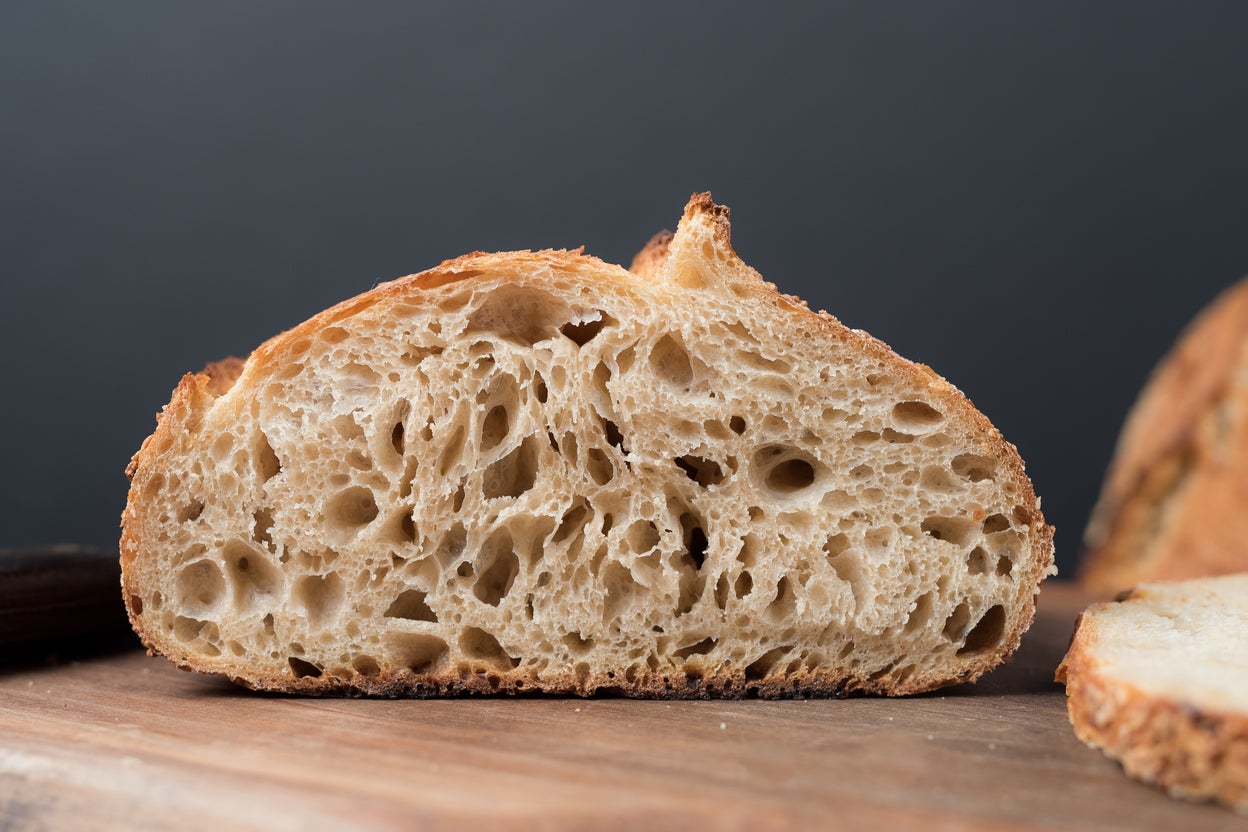
For breads, you want a lot of dough strength to create chew and trap gas as dough rises, while for cakes and other tender baked goods, you want a delicate texture. To achieve each of these goals, you need to control the extent to which the gluten is developed.
According to Ellen King, author of Heritage Baking, “Proper gluten development is important for elasticity, how your bread will rise at the end, and how your bread will hold up after it’s shaped.” This is achieved first by adding liquid to the flour, kickstarting the gluten-forming process, then kneading or folding the dough to form long, strong interconnected strands.
Sometimes, that agitation isn’t required: In no-knead breads, the gluten development is achieved with hydration and rest, proving you don’t always need to knead.
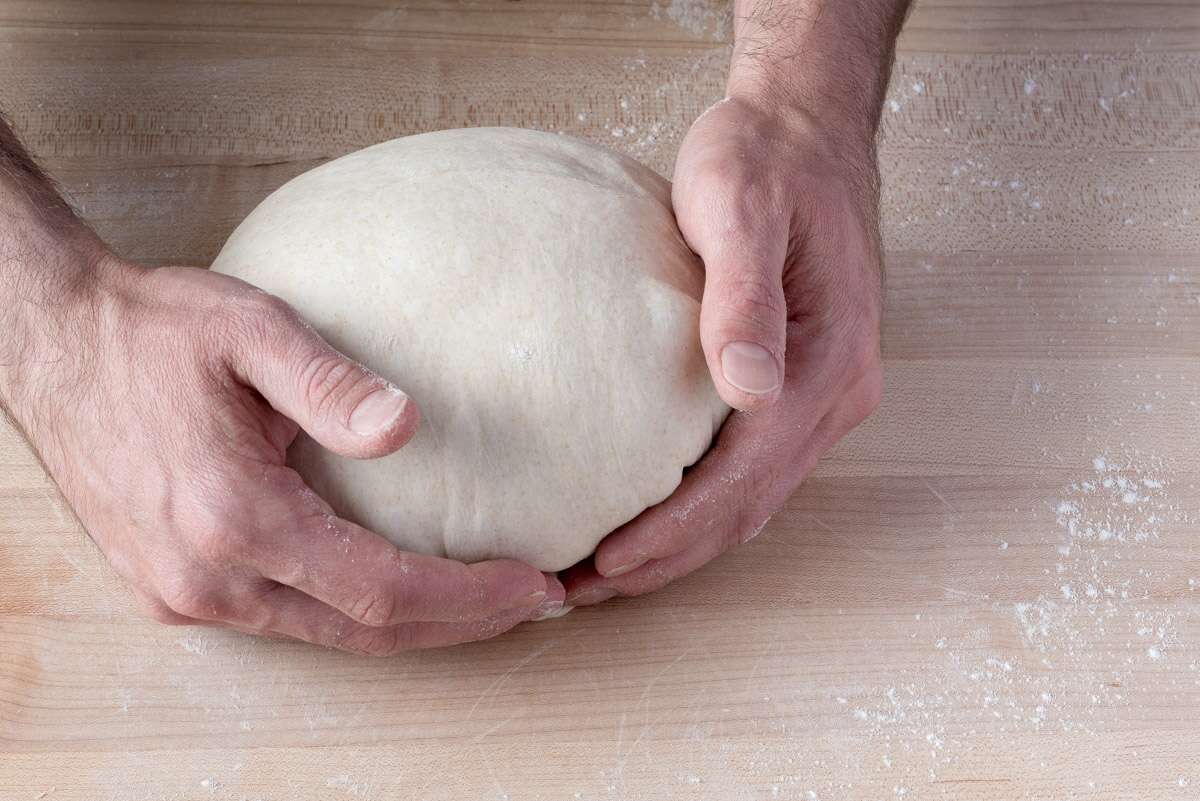
You can tell your gluten has been properly developed when it comes time to shape your dough. “If it’s holding its shape well,” says Ellen, “you know you’re going to be OK.” She explains that under-developed dough will be slack, while over-developed dough springs back too much. One way to ensure you hit the right sweet spot is to follow the visual cues for your dough called out in a bread recipe, and err on the side of too much kneading rather than too little. (It’s extremely difficult to over-knead.)
For any baked good that’s tender and delicate, you want to develop the gluten as little as possible, so a strong gluten matrix doesn’t interfere with the texture. Let’s use cake as an example.
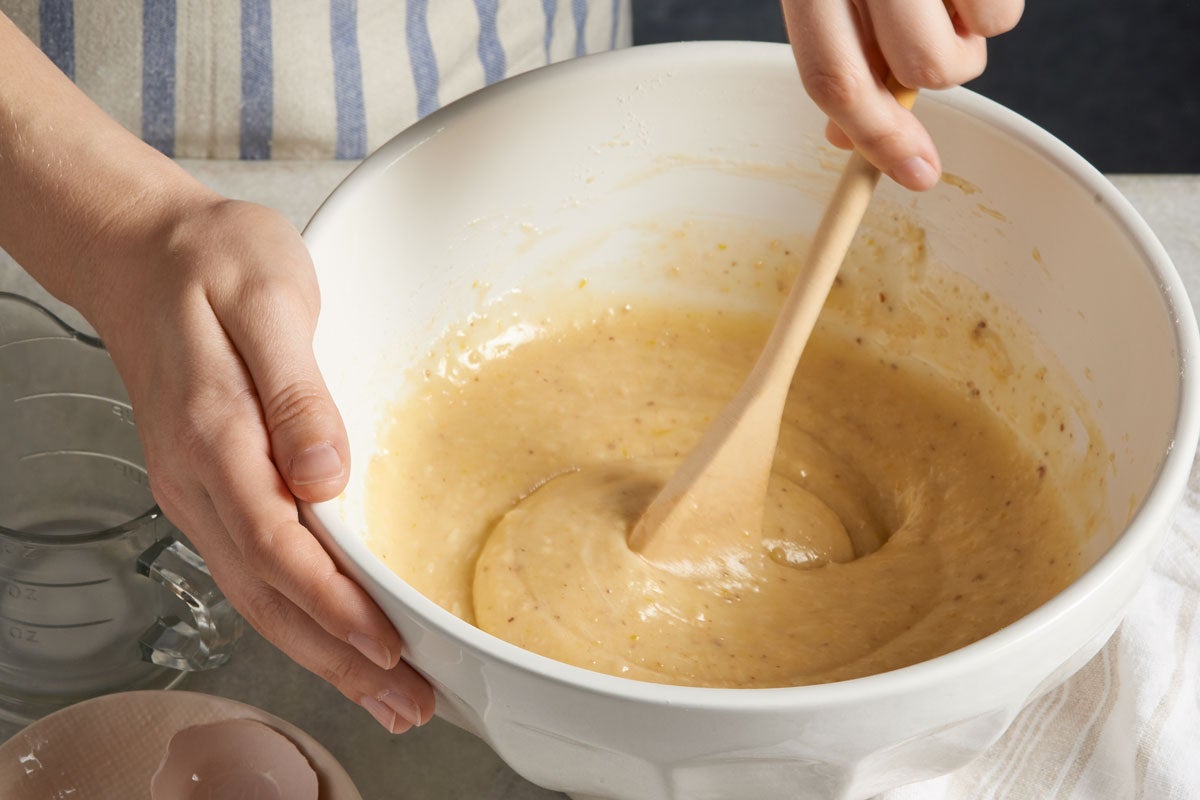
“Unlike bread, where you want to work the gluten to give it structure ... with cake you want a really tender crumb,” says Odette Williams, author of Simple Cake. As a result, you want to be careful while mixing flour into cake batter, to avoid over-agitating it and prompting those gluten strands to form. Use a light touch and gentle motions while stirring, or the lowest setting of an electric mixer. (But don’t worry — if you have a heavy hand while mixing, "You’re still going to get a perfectly fine cake," assures Odette.)
If your goal is to maximize gluten development in bread and minimize gluten development in cakes, then pastry falls somewhere in the middle.
If you’re make puff pastry, for instance, you need to partially develop the gluten so it’s extensible enough to be rolled and folded without breaking. At the same time, it can’t be too developed or else you’re not going to be able to roll it out well, explains Maggie Perry, a member of the King Arthur Baker’s Hotline.
Think about pie crust as well. You don’t want to add too much water or over-work the dough, or else it will become tough and chewy from too much gluten development. Maggie explains that rolling out and stretching pie crust provides just enough agitation to develop a sturdy, flaky crust without it becoming tough.
Here’s what you need to know: When you add liquid to flour, gluten starts to form. Additional agitation — like kneading, folding, or mixing — continues to develop that gluten, making the protein bonds stronger.
How strong that gluten becomes affects your baked goods. For breads and other baked goods with a chewy texture, you want to encourage thorough gluten development. This includes using a high-protein flour like bread flour for more gluten potential. For a tender baked good like cake, you want to avoid too much gluten development, so avoid overmixing your batters and use a low-protein flour like cake flour.
But really, Odette has the biggest takeaway of all. She reminds bakers not to stress too much about perfectly exact gluten development, because at the end of the day, “A bad cake is still good cake.”
Learn more about how flour choice affects your baking in our previous post, How do you choose the right flour.
Cover photo by John Sherman.